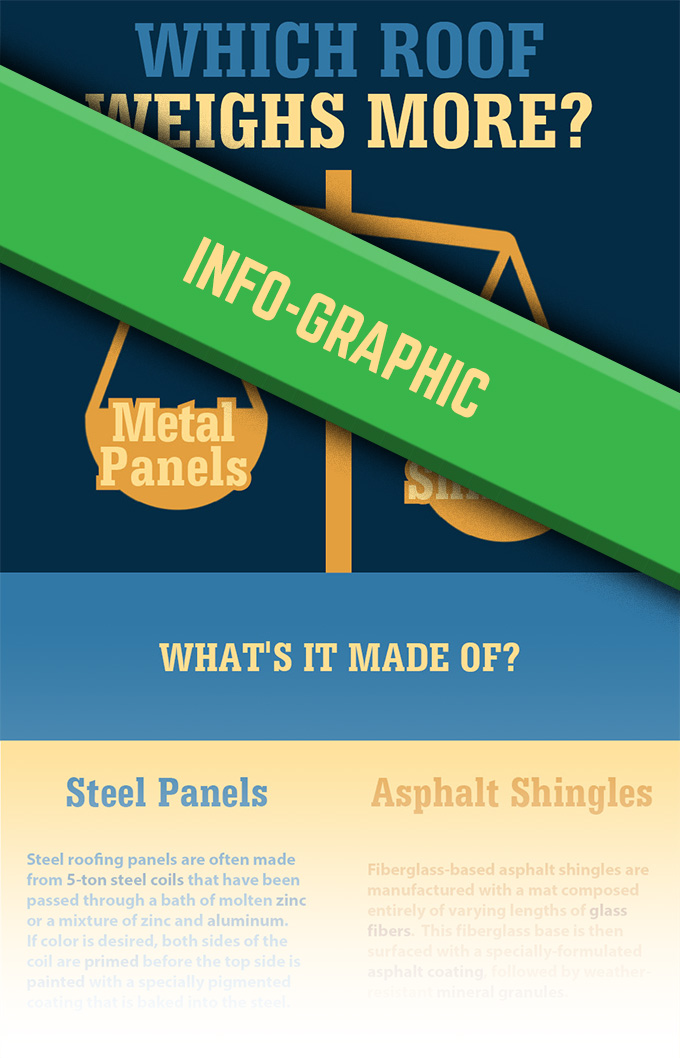Understanding Photovoltaic Panel Innovation And Just How It Functions: A Novice'S
Understanding Photovoltaic Panel Innovation And Just How It Functions: A Novice'S
Blog Article
Write-Up Written By-Merritt Archer
So, you've found out about photovoltaic panels and their possible to create electrical power from sunlight, however how exactly do they function? Understanding the intricate modern technology behind solar panels can be an interesting journey into the globe of renewable resource. From the standard concepts of solar batteries to the detailed elements that comprise a solar panel system, there's an entire world of understanding waiting to be explored. Allow's untangle the secrets of solar panel technology with each other.
Photovoltaic Panel Modern Technology Principles
To truly understand the essence of solar panel modern technology, you should delve into the essential principles that underpin its functionality. Photovoltaic panel include solar batteries, typically made from silicon, which have the remarkable capacity to transform sunlight right into electrical power through the solar effect. When sunshine hits the cells, the photons in the light interact with the silicon atoms, causing the electrons to break without their atomic bonds. This produces an electrical current that can after that be harnessed for powering different devices.
The key part of photovoltaic panels is the semiconductors within the photovoltaic cells, which help with the conversion of sunshine right into useful electrical energy. These semiconductors have both positive and negative layers, developing an electric area that permits the flow of electrons.
This circulation of electrons, when linked in a circuit, generates direct existing (DC) electricity. Understanding these fundamental principles is important for valuing just how photovoltaic panels can harness the sunlight's power to power homes, businesses, and also satellites in space.
How Solar Panels Generate Electricity
Solar panels harness the sunlight's power by transforming sunshine into electrical power with a process referred to as the photovoltaic effect. When sunlight hits the solar panels, the photons (light bits) are soaked up by the semiconducting products within the panels, usually made of silicon. recommended creates an electric current as the photons knock electrons loosened from the atoms within the product.
The electric fields within the solar cells after that compel these electrons to flow in a particular instructions, creating a direct existing (DC) of power. This straight current is after that passed through an inverter, which converts it right into rotating current (AIR CONDITIONING) electricity that can be utilized to power your home or service.
Excess electrical energy generated by the photovoltaic panels can be stored in batteries for later use or fed back right into the grid for credit history with a procedure called net metering. Understanding exactly how solar panels produce electrical power is vital to appreciating the ecological and cost-saving advantages of solar power systems.
Comprehending Solar Panel Elements
One vital facet of photovoltaic panel modern technology is understanding the different components that comprise a photovoltaic panel system.
The essential components of a photovoltaic panel system include the photovoltaic panels themselves, which are composed of solar batteries that transform sunlight right into electrical energy. These panels are mounted on a structure, typically a roof covering, to record sunshine.
In addition to the panels, there are inverters that convert the straight existing (DC) electricity produced by the panels right into rotating existing (AC) electrical power that can be utilized in homes or businesses.
https://www.pv-magazine.com/2022/12/14/meyer-burger-to-commercialize-29-6-efficient-perovskite-tandem-solar-cells/ includes racking to sustain and position the photovoltaic panels for ideal sunlight direct exposure. In addition, cables and adapters are crucial for transferring the power produced by the panels to the electric system of a building.
Lastly, a monitoring system might be included to track the performance of the solar panel system and ensure it's functioning successfully. Comprehending these components is important for anyone aiming to set up or utilize solar panel technology successfully.
Final thought
Now that you comprehend the basics of photovoltaic panel innovation and how it functions, you can appreciate the power of using sunshine to generate clean and renewable resource for your structure. By using the photovoltaic effect and components like inverters and monitoring systems, you can contribute to a more lasting future while additionally potentially saving money on energy costs. Keep learning and exploring the possibilities of solar power for a greener tomorrow.
